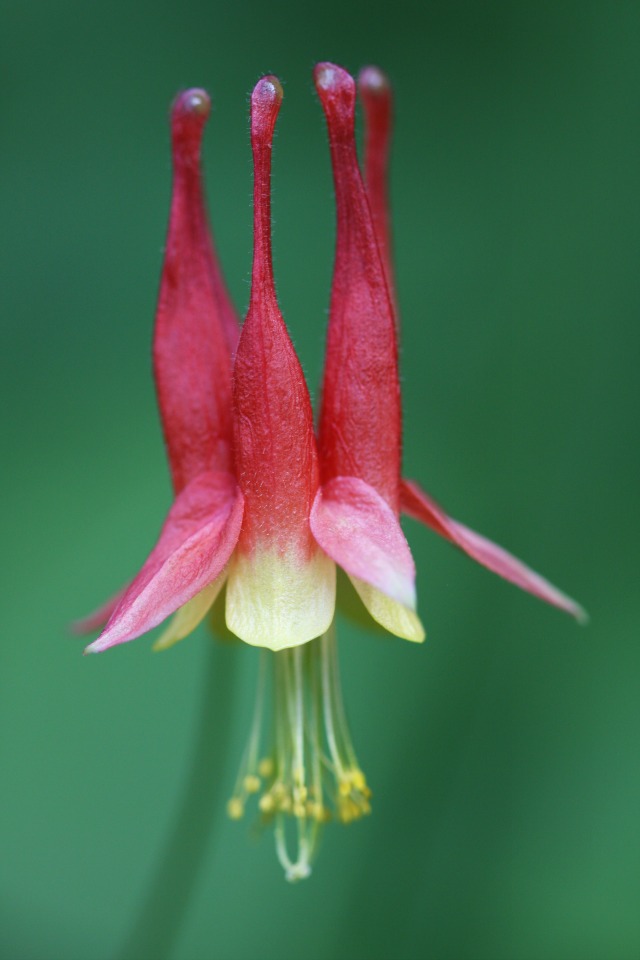In some parts of Canada, wildlife is not dominant in the landscape.
This is especially true in large cities which offer many properties surrounded by concrete and busy streets with few rippling rivers and tranquil lakes to be found nearby. But we are no longer restricted to what our property limits and cityscapes offer us in terms of habitat for wildlife. You can have instant habitat at your front door almost as easily as you can get pizza delivery!
More and more Canadians are adapting store bought versions of nature into their spaces — a popular choice being outdoor ponds filled with all kinds of species. Not only can these ponds be beautiful, but there is such an abundance of flora and fauna that creating habitat in the concrete jungle is easy enough to attain.
Insta-Ponds = Insta-Problems
However, for every instant solution there’s the potential of instant problems. Herein, the problems arise from homeowners that purchase pond species, some that can threaten existing habitat if misused or improperly cared for. And since healthy habitats and space for species are critical to CWF, it is important to spread the word about potentially harmful invasive pond species causing major threats to the native habitat of North America.
Since backyard ponds have become quite popular with modern landscaping, there has been an increase in the availability of materials and retail supply stores. Each retailer offers an array of beautiful fish and plants — many of which are exotic, and some of them invasive. The problem with invasive species is that they compete with native Canadian species for food and space. On top of that, many invasive species have no natural predators; therefore, our native plants and fish are losing space and food to the unnatural and destructive invasive species resulting in large economic costs that federal, provincial and municipal agencies are putting into restoration initiatives.
Backyard Ponds and Invasive Species
There are a couple ways that pond species can be threatening to Canadian habitat. The first being when pond owners no longer have a use for their pond, or grow tired of caring for it and think that by relocating their exotic plants and fish into local rivers and streams that they are doing that ecosystem a favour. In fact, it would be much more resourceful to contact the supplier and offer the fish or plants back And perhaps even advertise these resources to other pond owners. The second main hazard to habitat occurs when ponds are not taken care of since species can spread with growth causing the so called ‘invaders’ to get out of control.
What Makes a Pond Healthy for Wildlife?
What can you do to keep a healthy pond? Never collect your fish and plants from the wild, and go to reputable nurseries that offer native plants for advice. If you are thinking of getting rid of your pond habitat, never release them into natural waterways and make sure you carefully dispose of invasive species that could be a threat to habitat and waterways. Or, try contacting a retailer to see if they would be interested in repurchasing or taking the species off your hands.

